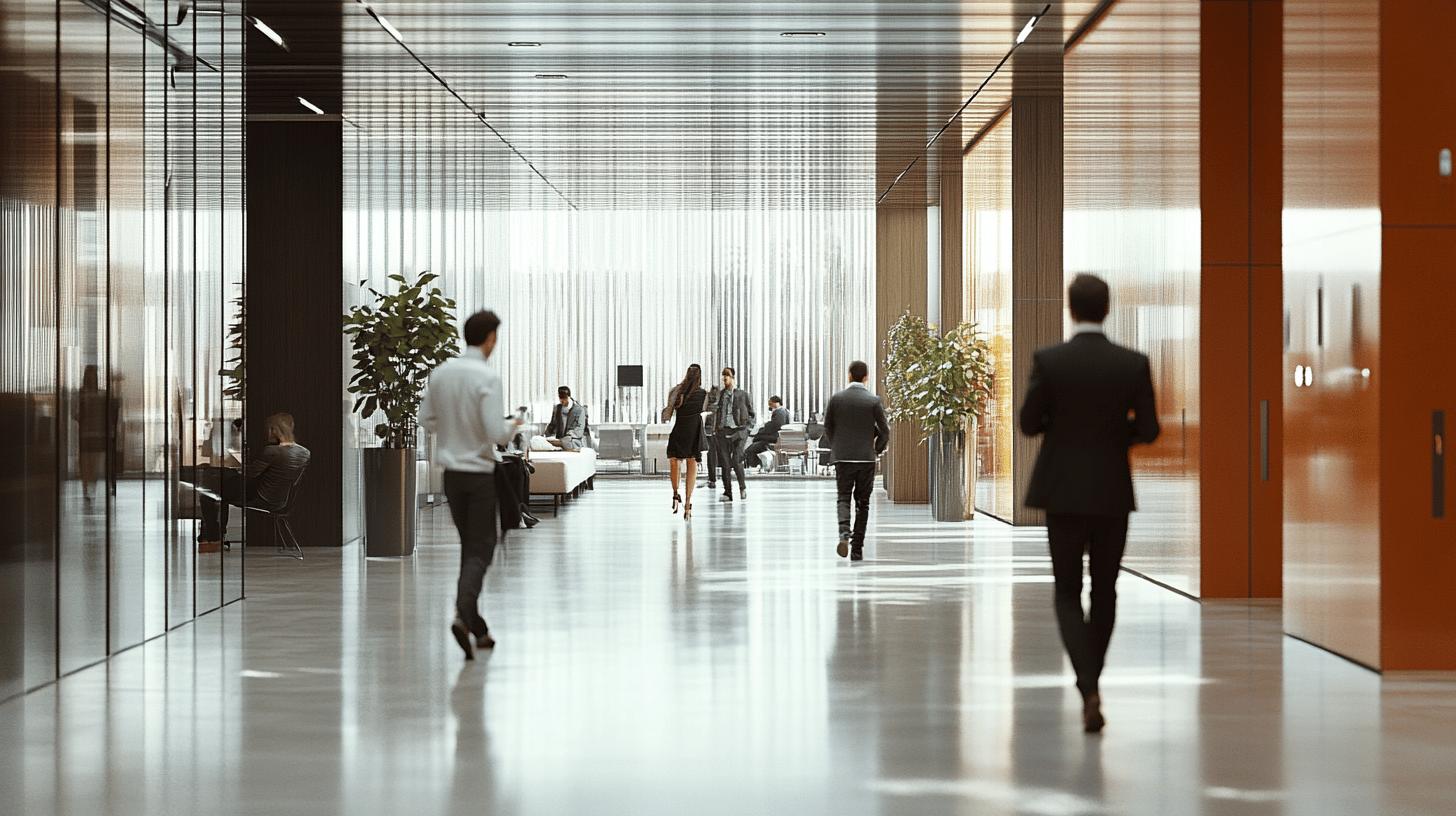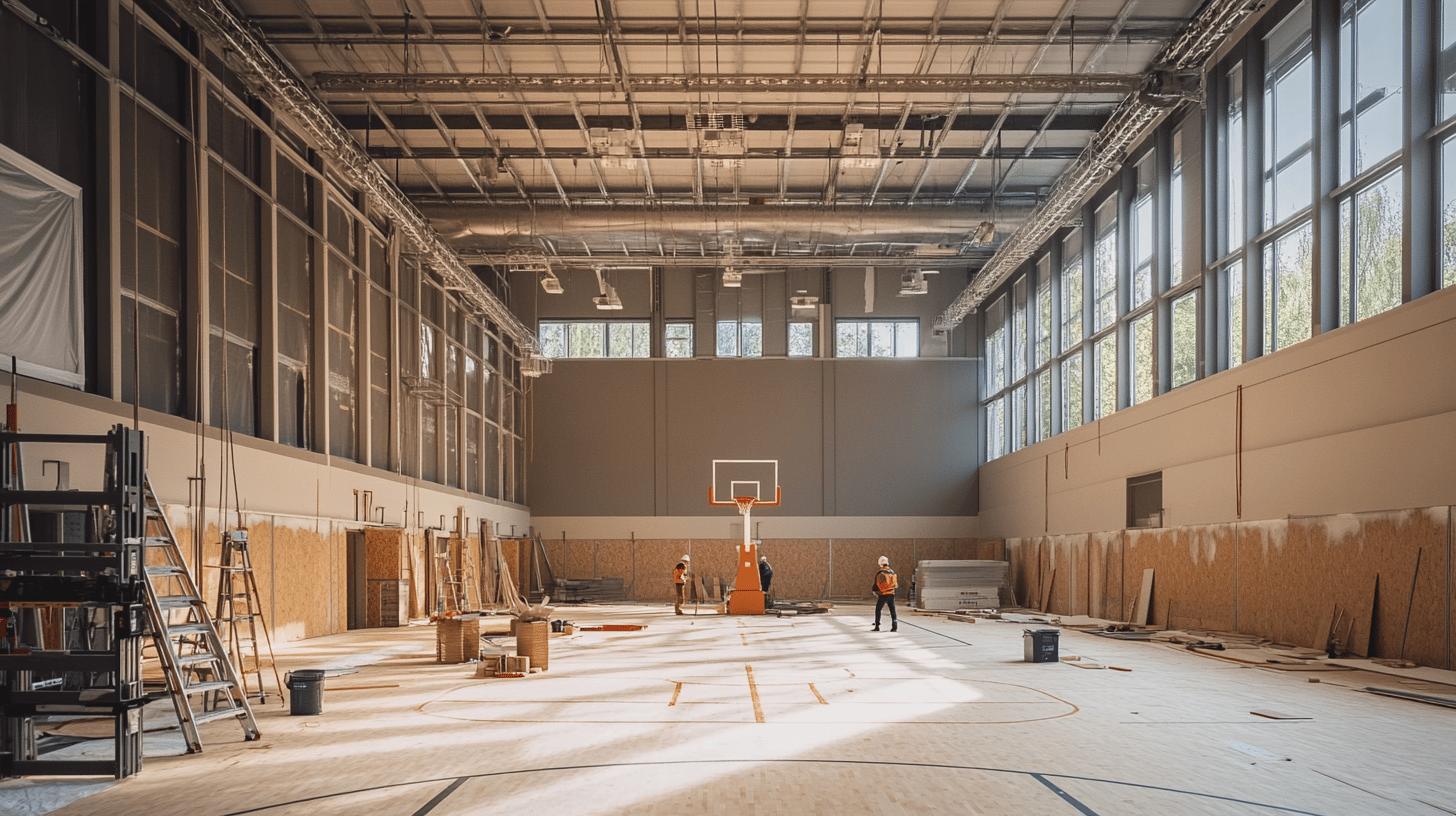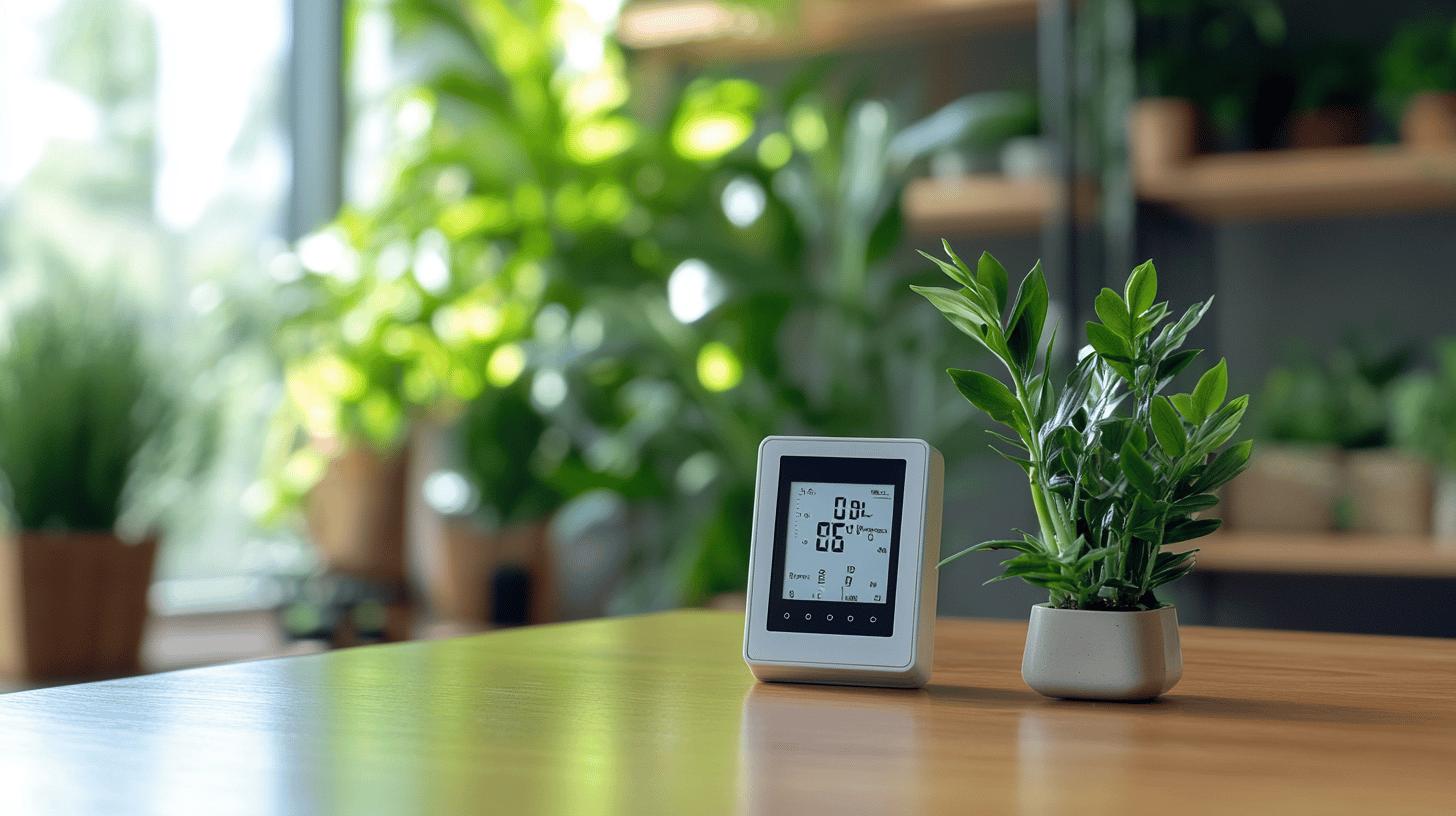Is traditional wood flooring holding back the potential of modern sports facilities? As sports flooring technology evolves beyond the beloved hardwood courts, a new era of materials is reshaping performance standards and safety expectations. This journey from the wooden past to the innovative present reflects remarkable advancements in materials science and engineering. In “The Evolution of Sports Flooring: A Modern Tale,” readers will discover how modern innovations, such as rubber and composite materials, transform the foundation of sports surfaces, promising enhanced safety and unmatched performance. Explore how these groundbreaking changes are setting new industry benchmarks.
The Evolution of Sports Flooring: From Traditional Wood to Modern Innovations
Traditional wood flooring has long been a cornerstone of sports hall surfaces, prized for its durability and aesthetic appeal. Wooden floors, typically made from maple or oak, have been the standard for basketball courts, gymnasiums, and other athletic venues. Their natural resilience allows for excellent shock absorption, providing athletes with a secure footing and reducing the risk of injury. However, despite these advantages, wooden floors require significant upkeep, including regular sanding and refinishing, to maintain their performance and appearance.
In recent years, modern materials such as rubber and composite flooring have transformed sports flooring technology. Rubber tiles, known for their slip resistance and shock absorption capabilities, offer a safer alternative to traditional wood. They are particularly beneficial in gym settings where heavy equipment is used. Composite materials, often a blend of natural and synthetic components, provide flexibility and durability, accommodating a wider range of sports activities. These innovations have enhanced performance and safety standards, becoming increasingly popular in contemporary sports venues.
Technological advancements in materials science and design have further revolutionised sports flooring. Developments in polymer technology have produced surfaces with improved traction and reduced environmental impact. Innovations such as EPDM (Ethylene Propylene Diene Monomer) flooring, available in various colours and patterns, offer both durability and aesthetic customisation. Additionally, engineering breakthroughs in shock absorption and anti-slip treatments enhance athlete safety, while smart sensors integrated into the flooring enable real-time performance tracking. These advancements underscore the shift towards multifunctional and sustainable sports flooring solutions.
| Era | Dominant Material | Key Features |
|---|---|---|
| Traditional | Wood | Durability, natural shock absorption, high maintenance |
| Modern | Rubber | Slip resistance, shock absorption, low maintenance |
| Contemporary | Composite | Flexibility, durability, multi-sport compatibility |
| Innovative | EPDM & Sensors | Customisation, real-time tracking, enhanced safety |
Modern Innovations in Sports Flooring Materials
Introducing rubber tiles and EPDM (Ethylene Propylene Diene Monomer) flooring marks a significant development in sports flooring technology. Rubber tiles are renowned for their excellent slip resistance and superior shock absorption, making them a preferred choice in environments where safety is paramount, such as gyms and fitness centres. These tiles also boast low maintenance requirements, offering a cost-effective solution for facility managers. On the other hand, EPDM flooring is lauded for its durability and versatility. EPDM provides aesthetic customisation options in a myriad of colours and patterns while maintaining high performance and longevity. Together, these materials represent a shift towards safer, more sustainable flooring solutions.
Smart Sensors and Interactive Surfaces
Smart sensors integrated into sports flooring are revolutionising how athlete performance is tracked and monitored. These sensors provide real-time data on movement patterns, load distribution, and even fatigue levels, allowing coaches and trainers to make informed decisions regarding training regimes and injury prevention. Interactive surfaces, which can adapt and change based on specific sports requirements, further enhance the versatility of modern sports venues. By incorporating these technologies, sports facilities can offer tailored experiences that optimise athlete performance and safety.
- Improved Safety: Enhanced shock absorption and slip resistance reduce injury risks.
- Customisation: Aesthetic flexibility with colours and patterns to match branding needs.
- Performance Tracking: Real-time data collection for informed training decisions.
- Sustainability: The use of environmentally friendly materials reduces ecological impact.
- Durability: Long-lasting materials that withstand high usage and reduce maintenance costs.
The impact of these modern materials on sports performance is profound. By providing safe and adaptable surfaces, athletes can train and compete confidently, knowing that the flooring supports their movements. The integration of smart technologies not only enhances performance but also fosters a deeper understanding of athlete biomechanics. This comprehensive approach to sports flooring ensures that venues are equipped to meet the evolving demands of contemporary sports and fitness activities.
Eco-Friendly Sports Flooring Options
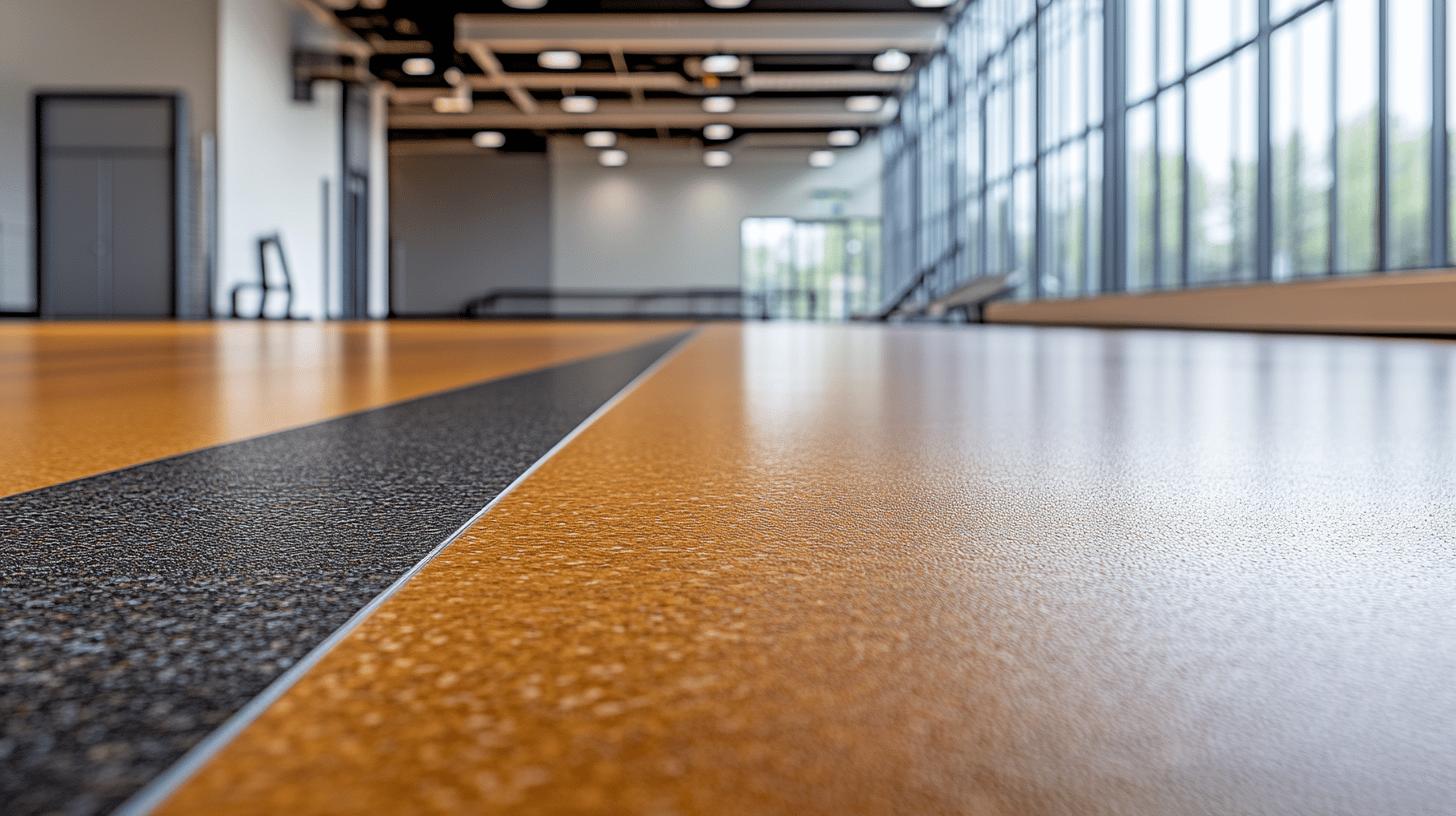
The sports flooring industry is increasingly embracing eco-friendly options to meet sustainability goals. Natural rubber and recycled wood are at the forefront of this shift, offering renewable and repurposed alternatives to traditional materials. Natural rubber, derived from rubber trees, provides a resilient and durable surface that maintains high performance while reducing environmental impact. Recycled wood, often sourced from reclaimed timber, offers a second life to materials that would otherwise contribute to waste. These sustainable flooring materials not only lessen the carbon footprint of sports facilities but also enhance the aesthetic appeal with their unique textures and finishes.
- Sustainable Paints: Using low-VOC (volatile organic compounds) paints minimises harmful emissions.
- Recycled Underlays: Incorporating padding made from recycled materials for added comfort and shock absorption.
- Eco-Friendly Adhesives: Using adhesives with reduced chemical content for safer installation processes.
- Biodegradable Coatings: Applying surface coatings that break down naturally without harming the environment.
The integration of eco-friendly materials in sports venues offers numerous benefits. By prioritising sustainability, facilities can reduce their environmental impact while maintaining high safety and performance standards. These materials often have anti-fatigue properties, enhancing athlete comfort by reducing strain during prolonged activities. Moreover, using sustainable components can improve indoor air quality, providing a healthier environment for athletes and spectators. This commitment to eco-friendliness aligns with global sustainability initiatives and positions sports facilities as leaders in responsible environmental practices.
The Role of Safety in Sports Flooring
Shock absorption technology is a critical component in modern sports flooring, designed to mitigate the impact that athletes experience during play. What does shock absorption technology do? It reduces the stress on joints and muscles by absorbing and dispersing energy, thereby minimising the risk of injuries such as sprains or fractures. Technological advancements have led to the development of materials with superior cushioning properties, ensuring that players can perform at their best without the constant fear of injury. These innovations have been particularly transformative in high-impact sports, where flooring must accommodate intense physical activity.
Non-slip surface technology is equally crucial in enhancing safety on sports floors. How does non-slip surface technology increase safety? Providing traction and preventing slips and falls ensures athletes maintain control during rapid movements and changes in direction. Today’s sports floors incorporate advanced surface treatments that offer optimal grip, even in wet or sweat-laden conditions. Textured finishes and specially formulated coatings reduce sliding incidents, offering peace of mind to athletes and coaches alike. These features are essential in maintaining high safety standards across various sporting environments.
- Enhanced Traction: Surface treatments to maximise grip.
- Cushioned Impact: Advanced materials for superior shock absorption.
- Moisture Resistance: Coatings that maintain performance in humid conditions.
- Durability: Long-lasting surfaces that withstand intensive use.
- Customised Safety: Tailored solutions for specific sports requirements.
The integration of these safety features into sports flooring contributes significantly to reducing injuries and boosting athlete confidence. When athletes are assured of the floor’s reliability, they can focus more on performance and less on potential hazards. This confidence translates into more dynamic and competitive play, ultimately elevating the overall sporting experience. Safety-centric flooring is a protective measure and a performance enhancer, fostering an environment where athletes can excel.
Maintenance and Longevity of Sports Floors
Maintaining sports floors involves routine practices that ensure their durability and optimal performance. Regular cleaning is fundamental, preventing dirt and debris from causing abrasions or affecting traction. What are the common maintenance practices for sports floors? These practices include periodic inspections for damage, timely repairs of any surface imperfections, and applying protective coatings to guard against wear. Additionally, maintaining the correct indoor climate, with controlled humidity and temperature, helps preserve the floor’s integrity, particularly for wood surfaces that may warp or crack under improper conditions.
- Vinyl
- Rubber
- Linoleum
- Composite Materials
The longevity of sports floors depends on consistent maintenance efforts and the choice of materials. Low-maintenance options like those listed above require less frequent interventions, reducing overall maintenance costs. Why is regular maintenance crucial for sports flooring? Regular maintenance not only extends the lifespan of the flooring but also ensures a safe playing environment. By investing in upkeep, facility managers can avoid costly replacements and guarantee that the floors remain in top condition, providing a reliable surface for athletes and events. This proactive approach to maintenance is a cost-effective strategy for managing sports venues efficiently.
Customisation and Design in Sports Flooring
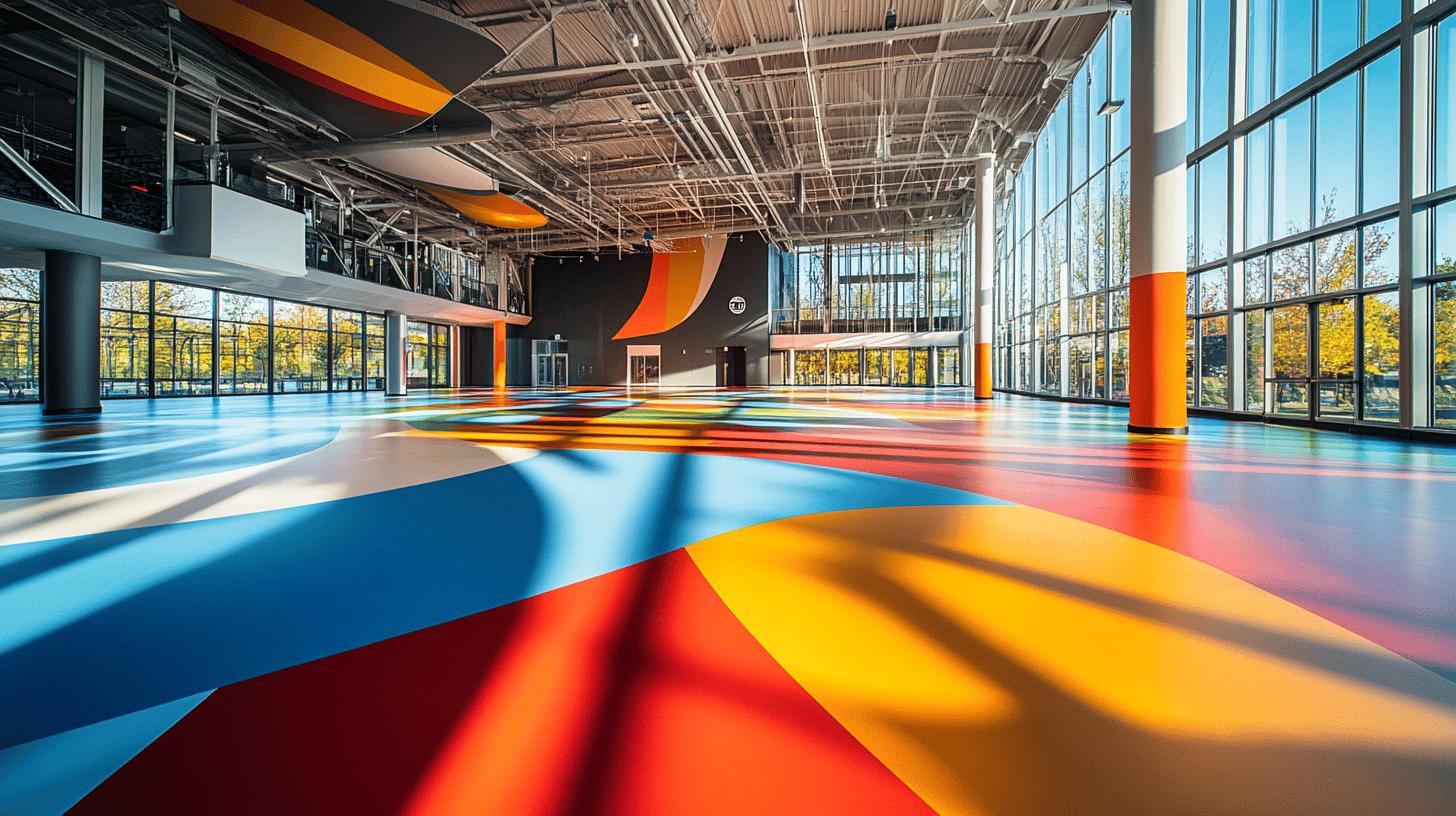
Customisation in sports flooring has become a significant trend, allowing facilities to tailor surfaces to specific aesthetic and functional requirements. What opportunities does customisation in sports flooring provide? It offers design and branding possibilities that directly integrate team colours, logos, and specific graphics into the flooring. This enhances the visual appeal of sports venues and reinforces team identity and pride. Technological advancements in printing and material design have enabled intricate patterns and vibrant colours to be incorporated into surfaces without compromising performance or durability.
Modular flooring systems’ flexibility is revolutionising how multi-use sports facilities operate. How do modular systems benefit sports venues? They allow quick transitions between different sports and events, maximising facility usage. Modular tiles can be easily assembled and disassembled, making it possible to reconfigure spaces according to the needs of various activities. This adaptability ensures that a single facility can host basketball games, volleyball matches, and fitness classes with minimal downtime and effort. As a result, sports venues can accommodate diverse sporting requirements while efficiently optimising space and resources.
Final Words
The Evolution of Sports Flooring: From Traditional Wood to Modern Innovations showcases how sports surfaces have transformed significantly. Initial reliance on hardwood gave way to materials like rubber and composites, enhancing safety and performance. Modern innovations like EPDM flooring and smart sensors further revolutionise the industry, offering sustainability and performance tracking.
Eco-friendly options, including recycled materials, align with environmental goals while preserving player safety. Customisation possibilities and improved shock absorption elevate the sporting experience. Efficient maintenance practices ensure longevity, balancing cost-effectiveness with performance needs. This dynamic evolution promises a future where sports flooring continues to advance, benefitting athletes and facility managers alike.
FAQ
What are the key trends in the evolution of sports flooring?
The evolution of sports flooring has transitioned from traditional wood to advanced materials. Hardwood was dominant, but innovations now include rubber and composite, enhancing safety and performance. Technological advances drive these changes.
How have modern innovations impacted sports flooring materials?
Modern innovations in sports flooring focus on performance, safety, and sustainability. Developments include rubber tiles and EPDM flooring. Materials science and design advancements enhance functionality, featuring smart sensors for performance tracking.
What benefits do smart sensors and interactive surfaces offer in sports flooring?
Smart sensors and interactive surfaces in sports flooring enhance performance tracking, improve safety, provide customisation options, enhance user engagement, and optimise training techniques through data analytics.
Which eco-friendly materials are utilised in sports flooring?
The industry increasingly uses eco-friendly materials like natural rubber and recycled wood. Sustainable flooring integrates components, such as eco-compatible paints and coatings, reducing environmental impact while promoting safety.
How does safety technology improve sports flooring?
Safety technology in sports flooring employs shock absorption and anti-slip treatments to minimise injury risks. These features boost athlete confidence and enhance safety standards within sports venues.
What common practices extend the lifespan of sports floors?
Common practices for extending the lifespan of sports floors include regular cleaning, timely repair, protective coatings, and effective moisture control. Low-maintenance materials like vinyl and composites also aid in longevity.
Why is customisation significant in sports flooring design?
Customisation in sports flooring allows for tailored surfaces, enhancing design and branding. It also offers modular construction, providing flexibility for multi-use facilities while accommodating diverse sporting activities.
